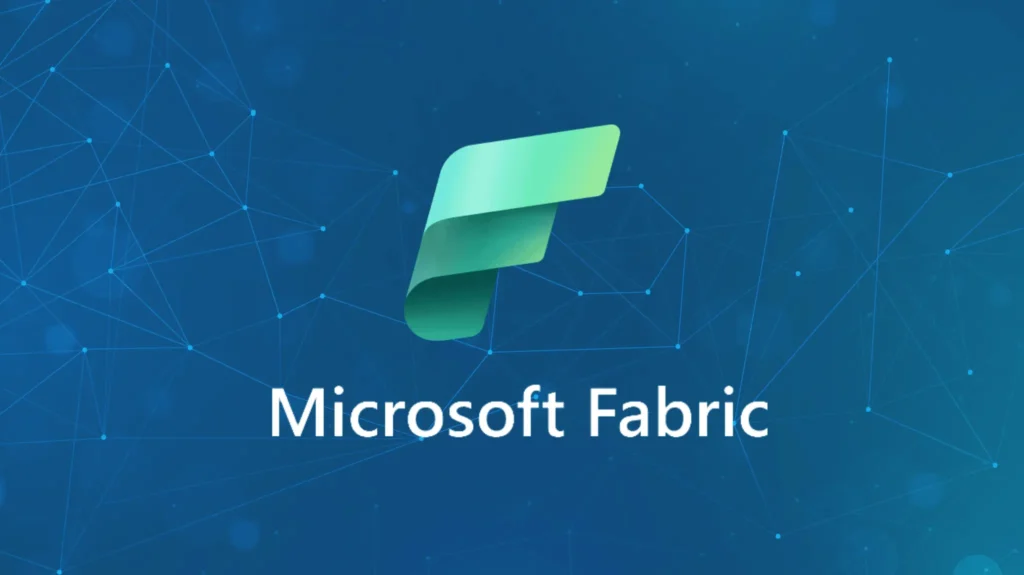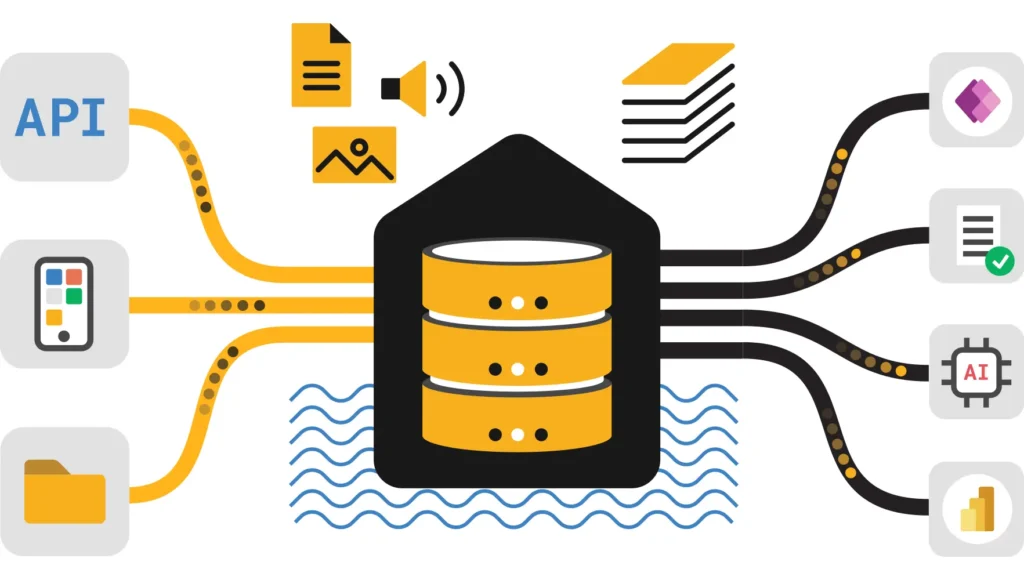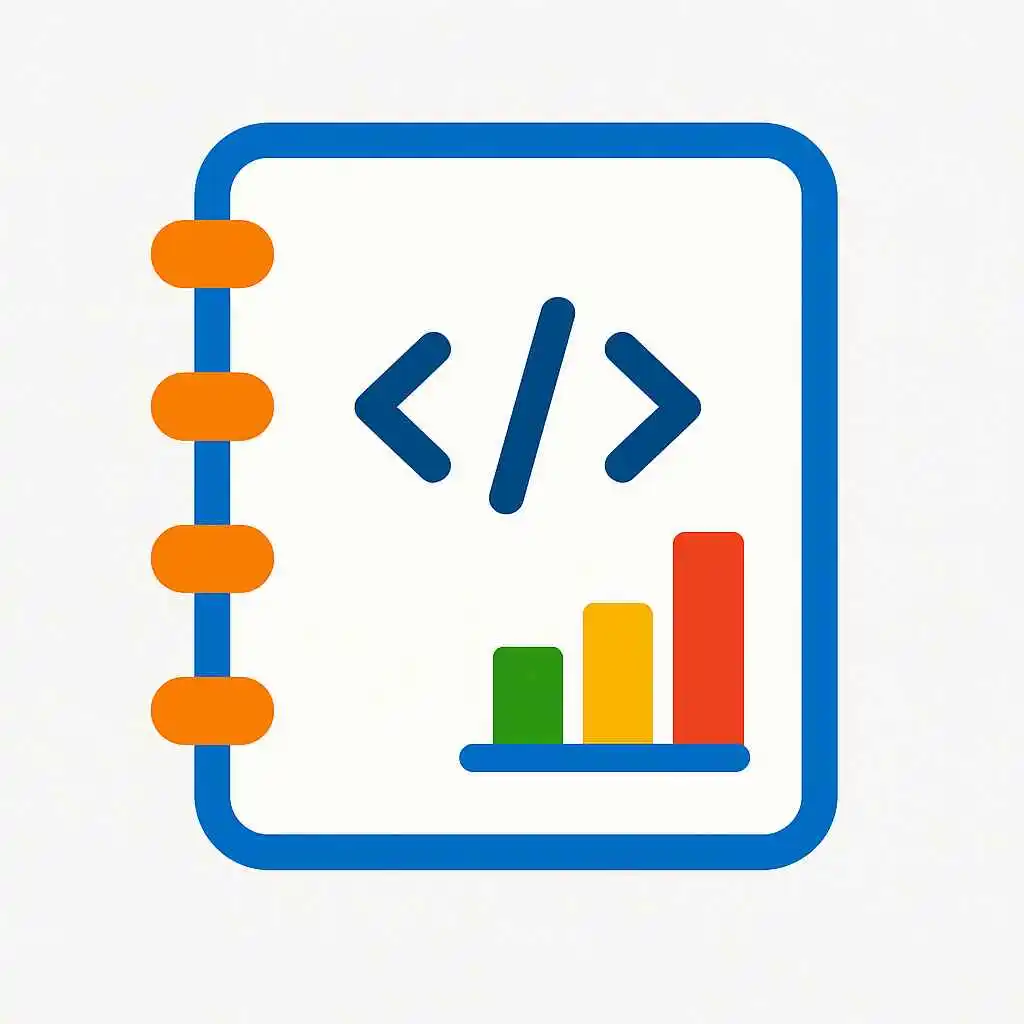Microsoft Fabric Data Agent is revolutionizing how organizations interact with their data. Thanks to conversational AI-driven insights across multiple data platforms, it lets teams access analytics and automate BI flows in seconds. This hands-on tutorial shows how to build, configure, and integrate a Microsoft Fabric Data Agent end-to-end. You’ll see why it’s essential in 2025 for fast data accessibility, tight security, and streamlined analytics workflows.
What Is Microsoft Fabric Data Agent?
Microsoft Fabric Data Agent is an AI assistant that turns natural language questions into instant business answers inside your workspace. Instead of searching dashboards or running manual reports, users just type questions—receiving intelligent, governed results from Lakehouse, Warehouse, Power BI Models, or KQL Databases. This changes business analytics by making every employee “data fluent”—reducing bottlenecks and saving valuable time.
Because it’s part of Microsoft Fabric, the agent enables tight security, cross-source orchestration, enterprise scaling, and easy integration with Copilot Studio. Let’s see how it upgrades business intelligence and why competitive enterprises are upgrading…
Core Benefits and Why Your Team Needs Data Agents
How to Create a Microsoft Fabric Data Agent
Deployment Tips & Transition Examples
Copilot Studio Integration & Multi-agent Orchestration
Use Microsoft Copilot Studio to trigger Data Agents from Teams, Office, or your own solutions. Agents communicate using Model Context Protocol, passing intent and context to create rich, multi-step workflows. Because permissions and conversation history sync, the result is seamless—and unlike old bots, there’s no separate sign-in required.
For in-depth instructions, visit Fabric Copilot Studio Integration.
- Connect Fabric Agent as a source to custom copilots (cross-linking analytics and workflow automation)
- Build Q&A bots, workflow triggers, or Copilot plugins with rich language support for users
- Monitor usage, errors, and security logs in both Studio and Fabric
Data Security & Enterprise Governance
Capacity, Performance & Cost Management
- Capacity Units (CU): Each 1,000 tokens costs about 100 CU for input, 400 CU for output.
- Direct Monitoring: Use Capacity Metrics to review usage and save cost.
- Cost Transition: For larger teams, compare cost profiles against Copilot Studio bots or Power BI dashboard refresh workloads.
For details: Fabric Data Agent Consumption Guide
Automation and SDK Integration
- Test Data Agent output against ground truth datasets for accuracy
- Automate evaluation cycles directly in Python
- Cross-integrate with Azure AI Agents for hybrid multi-cloud workflows
Try it: Official Fabric Data Agent SDK
Real-World Use Cases
Fabric Data Agent vs Power BI Copilot
Conversational Data Access
Data Agents understand nuanced questions over many sources and enforce schema awareness. Copilot enhances dashboard creation but doesn’t unify cross-source Q&A or implement multi-agent orchestration.



